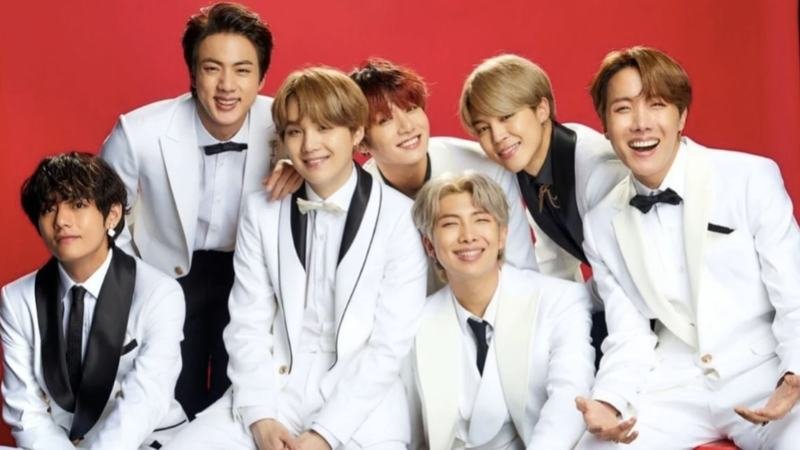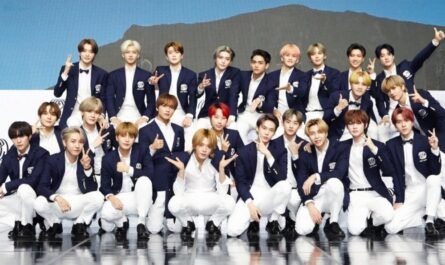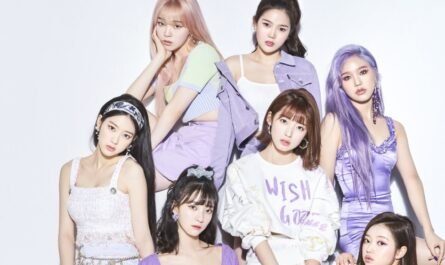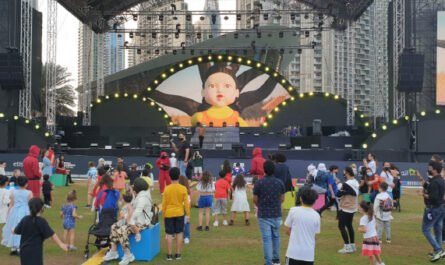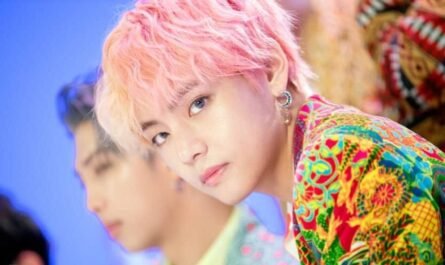KBS ‘Music Bank’ introduced realistic content technology on a trial basis. The stages of Hwasa, SF9, and Jang Woo-hyuk, which aired on November 26, were expressed in augmented reality (AR), with flowers scattered in the air. In addition, in the performances of Brave Girls and N.Flying, extended reality (XR) technology that transformed the stage itself into a completely different space was used. Until now, K-pop and its periphery often presented stages with realistic content technologies such as AR and XR. In a somewhat cynical way, it has played a role close to replacing stage art. Sometimes it only functions as a fixed 3D (three-dimensional) set of life-size, but from the viewer’s point of view, there was no significant difference from the ‘CG (computer graphics) background.’
Of course, there were many impressive examples. Group K/DA performed choreography in conjunction with a splendid effect in which virtual characters performed together with real artists. The online festival ‘K Contact’ used XR technology to show a stage where the stage is located in a box placed on a desk or a vast space is spread around it. It seems that the appeal of realistic content comes to life when it is unreal like this.
‘Music Bank’ erected an entire virtual building on the stage and posted a night street lined with high-rise buildings. The size of the viewing screen has not changed, but the space contained within it has become much more extensive. For viewers, the difference is quite significant.
Realistic content technology is likely to go beyond the size of the stage and change the space itself. One of the scenes that frequently appears on the K-pop stage is when the members are in a line, and only the person in front is visible. At this time, there are up, down, left, and right on the stage, but there is only limited ‘front and back. In this way, the stage is close to a flat surface for the audience. And the camera expands and complements the viewer’s gaze and delivers it to the viewer.
K-pop has been making steady efforts to transform this near-flat space into an accurate 3D or more. Representatively, EXO’s ‘Growl,’ which is best viewed from the center of the stage in a 360-degree large format, and ‘CLOSER’ by Oh My Girl, whose whole meaning is revealed only when viewed vertically from the stage. It wasn’t a music show performance, but the trailer for Tomorrow X Together’s 2019 album also showed a magical performance that reversed and twisted the space using only a projector.
It may be a bit premature to expect enormous work to be poured out every week on music shows. This is because music broadcasts are different from concerts and album trailers. Although creativity and technology are concentrated in each, there is a limit because it is a broadcast featuring several artists every week. It is also true that fans want to see artists on stage. No matter how colorful the background or props are, you might think they are just additional elements. It is not easy to provide spectacle as an essential factor beyond decorative effect to overcome this.
However, if underground music is born in small theaters and clubs, K-pop is born in music shows. Music broadcast stages produced weekly are becoming the default video grammar in K-pop culture. There are also claims that it is inappropriate for broadcasting stations to provide ‘fancam,’ which used to be a fan culture, but music broadcasting must follow the new era agilely. It is worth watching with anticipation to see what new visual language of K-pop will be formed by the new technology and music broadcasting.

